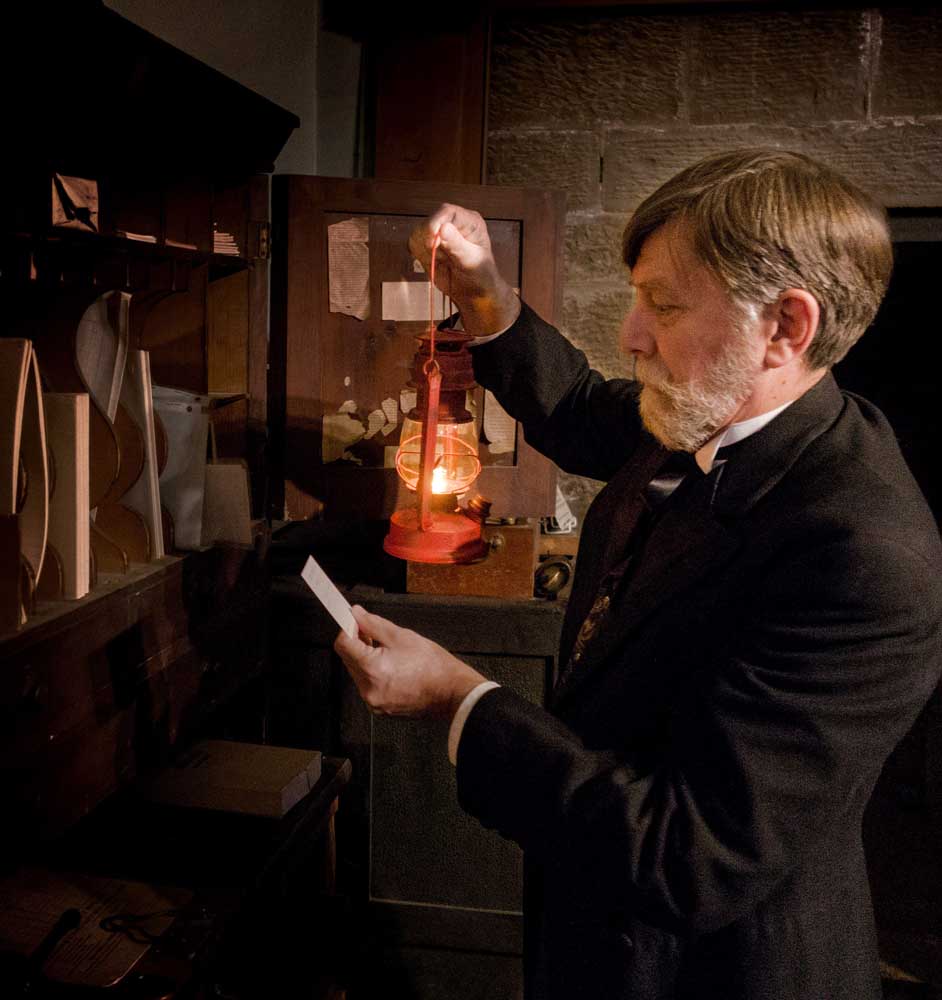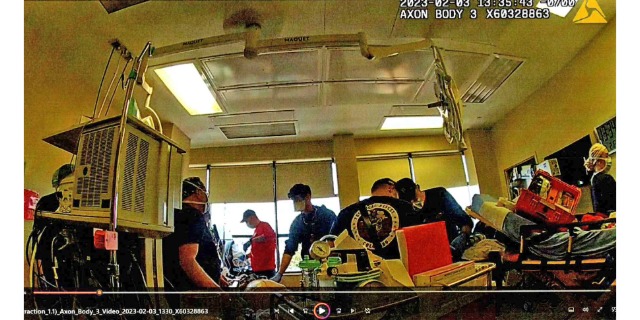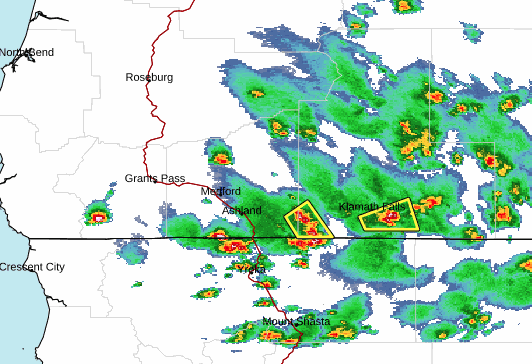Beekman Bank lantern light evening tours return in Jacksonville
Published 12:30 pm Tuesday, February 6, 2024

- Explore the secrets and mysteries of Jacksonville’s historic Beekman Bank on Saturday, March 9. Regional historian Ben Truwe pursues these and other secrets and mysteries in 50-minute lantern light tours beginning at 5, 6:15, and 7:30 p.m. each tour night. Established in 1856 as a gold dust office, the current 1863 Beekman Bank building was constructed by Cornelius C. Beekman at 110 W. California Street in Jacksonville when he became the town’s Wells Fargo agent. Over $40 million in gold crossed Beekman’s counters during Jacksonville’s heyday in the 1800s — equivalent to almost $1 billion in today’s currency. Admission is $5. Tours are limited to a maximum of 12 people, and reservations are required. All proceeds benefit the preservation and maintenance of the landmark. For tickets and further information, see historicjacksonville.org/beekman-bank-secrets or call 541-245-3650.
After a four-year hiatus, lantern light evening tours of Jacksonville’s Beekman Bank, the Pacific Northwest’s oldest financial institution return Saturday.
Trending
“Secrets & Mysteries of the Beekman Bank” will again feature narration by regional historian Ben Truwe. During summer openings, Truwe uses his research skills and opportunities as a bank docent to explore the building and its original documents, which have remained there since the bank closed in 1912.
“One of the things that impresses me (is) the psychological makeup in the construction of the building. Things are not really as they appear,” Truwe said. He will address his findings during the tours.
The 50-minute tours will begin at 5, 6:15 and 7:30 p.m. both Feb. 10 and March 9. On April 13 and May 11, the tours will shift to 5, 6:30 and 8 p.m. The $5 admission charge will go toward preservation and maintenance of the landmark.
Trending
Cornelius C. Beekman constructed the bank building at the corner of California and N. 3rd Street in 1863 to accommodate his burgeoning business, which included handling and transporting gold. More than $40 million in gold — over $1 billion today — crossed the counters in the 1800s.
“It was a heck of a lot more than a bank,” said Carolyn Kingsnorth, president of Historic Jacksonville, Inc., which maintains the bank and produces the tours. It was a Wells Fargo office, a stagecoach stop, a place where people came to hang out, a kind of community center.
Long hours at the bank and researching from historical documents have allowed Truwe to piece together information about the building and Beekman’s life. Research shows Beekman continued to operate a carpentry business in Yreka, California, at the same time he was developing his Jacksonville business.
Wear patterns in the interior, which is mostly original except for re-plastered walls, show how Beekman and his assistants may have conducted their daily tasks.
The only bright spot inside the vault is a well-polished area on surfaces otherwise covered with cigar smoke. Truwe determined that Beekman must have leaned against the spot with his shoulder as he opened a safe.
“There are surfaces encrusted with 50 years of cigar smoke,” Truwe said. Beekman would smoke a couple of cigars a day, but at home his wife, Julia, only allowed him to smoke a pipe.
One of Truwe’s discoveries was an assay button, a little ball created when ore is heated with a flux to determine precious metal content. The finding was unusual for the area, where most gold came from placer mining rather than from ore.
“Since there was so little hard rock mining done in the county, you never had a permanent, long-term assay office,” Truwe said. Assay offices existed in Tacoma, San Francisco and Portland. There was one in Takelma for a while.
“The local people like ‘Beek’ were sophisticated enough to recognize where the gold came from by its color. You could tell what drainage it came from,” Truwe said. That might have led to discovery of stolen gold if the client claimed it came from a different drainage than the color indicated.
An old marshmallow tin was found in the bank’s safe, Kingsnorth said. Beekman had throat issues and his daughter, Carrie, sent the marshmallows from Europe, where they were invented and used as lozenges.
Recent research suggests Beekman came to Jacksonville in 1856 rather than 1854 as previously reported, Kingsnorth said. Besides banking and gold handling, Beekman was involved in real estate, insurances and mining, and became the town’s richest resident. He was also town mayor, a candidate for governor and a University of Oregon regent.
Beekman closed and locked the bank in 1912. When he died in 1915, his will specified that the bank be preserved as a museum. The building is owned by the City of Jacksonville, while the artifacts belong to the Southern Oregon Historical Society.
Truwe dresses in garb that reflects the 1910s, when the bank ceased operations. His frock coat is over 100 years old, and he wears high-top, lace-up shoes.
Participants can go inside the large vault during the tours. Truwe recommends guests bring a flashlight to illumine objects with more light than the lantern provides.
From Memorial Day to Labor Day, the bank will be open 11 a.m. to 3 p.m. Saturdays and Sundays for 30-minute, docent-led tours. They will focus on 19th-century banking practices, Kingsnorth said.
Reservations are required for the lantern tours and can be made at https://historicjacksonville.org/beekman-bank-secrets/. For more information, call 541-245-3650.








